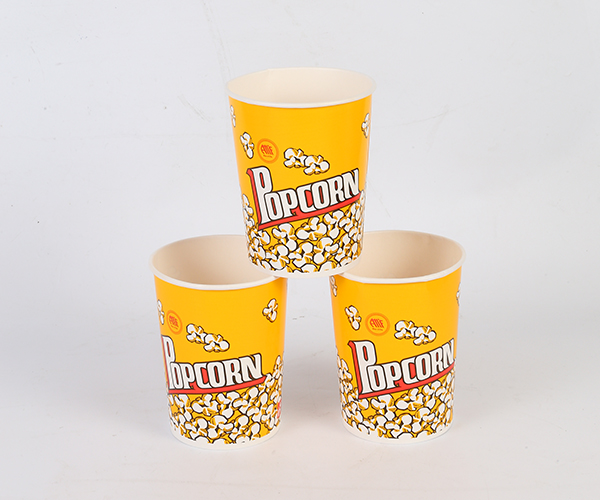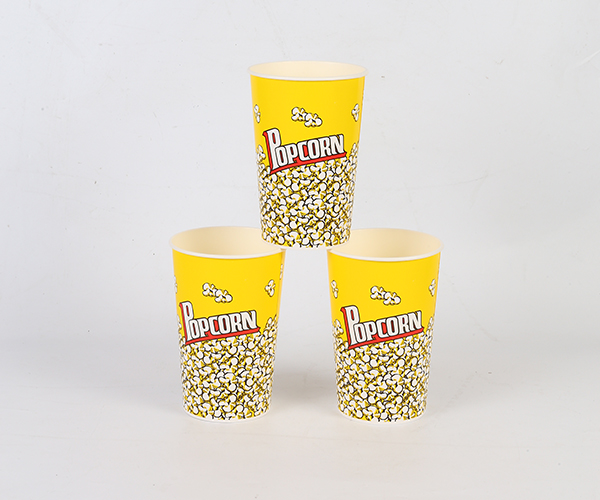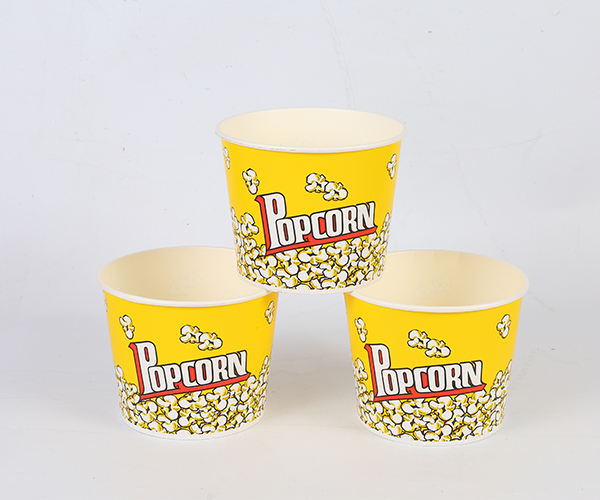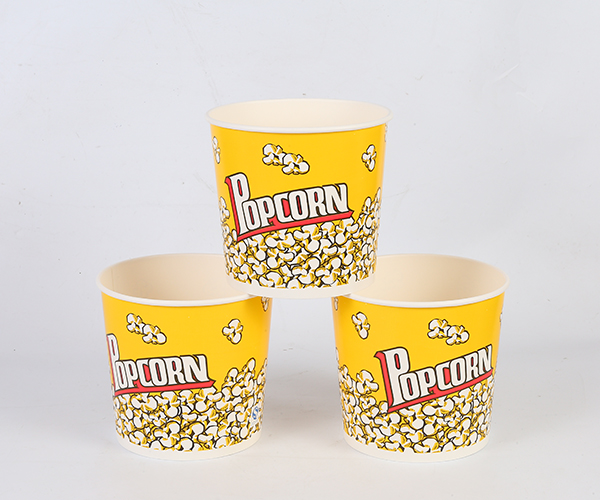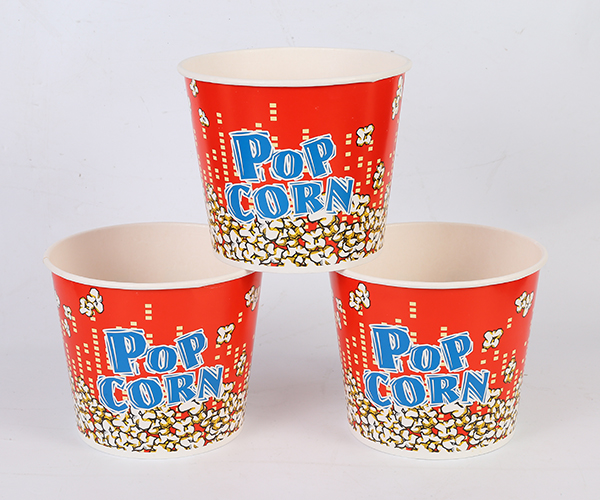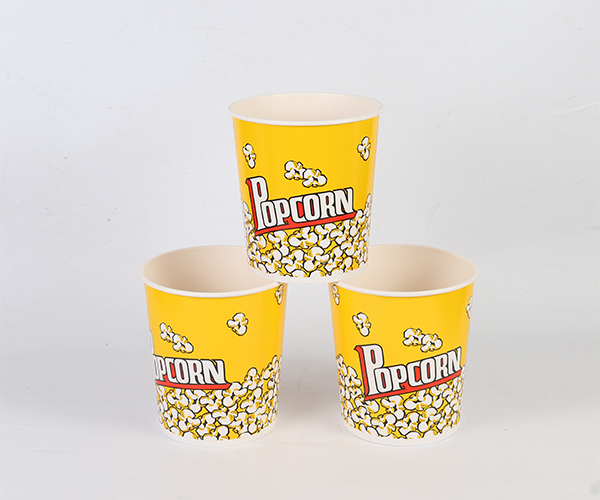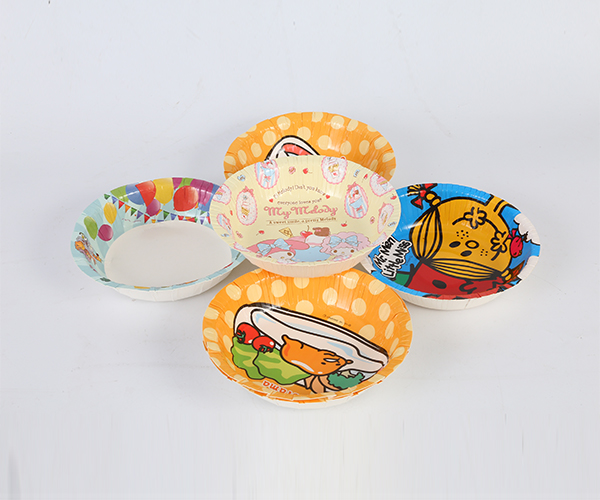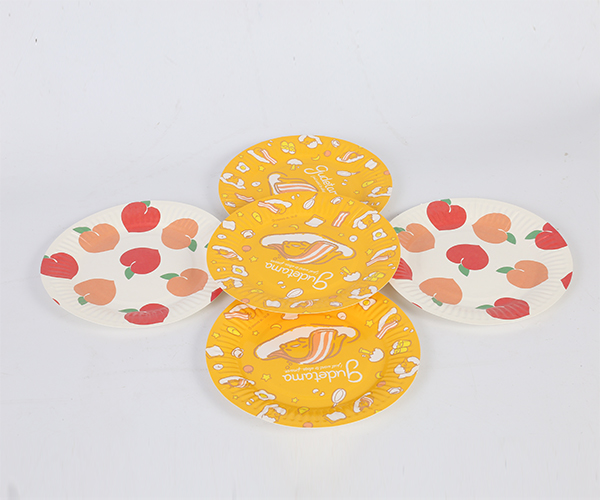The pros and cons of disposable paper cups can be identified by "seeing, hearing, and touching".
Look: In addition to looking at the name, address, production date, etc. of the manufacturer on the package, you should also look at the light. If there is blue light or impurities, it is best not to buy it;
Smell: with or without pungent odor;
Touch: It feels very soft, which may be a poor quality product. Tip: When using a disposable paper cup, it is best to scald it with boiling water first, so that the harmful substances in the paper cup can be fully volatile.
Smart identification of single-use paper cups is essential for efficient recycling and sustainable resource use. In addition to intelligent identification technology, we can also subtly identify disposable paper cups through observation, hearing and touch. This article will discuss how to cleverly identify disposable paper cups from the perspective of "seeing, listening, and touching".
1. Look: Observing the appearance and characteristics of disposable paper cups can help us identify them. Here are some observation points to note:
- Shape and structure: Disposable paper cups usually have a cylindrical shape, presenting an opening at the top and a flat, circular base at the bottom. This particular shape is a distinctive feature of disposable paper cups.
- Material and Color: Disposable paper cups are usually made of pulp or cardboard and come in white or light tones. These colors are relatively bright and uniform, which is different from the color of plastic or ceramic cups.
- Printing and Graphics: Some disposable cups may have trademarks, brand logos or other graphics printed on them. These prints and patterns can provide information about the manufacturer of the paper cup or the occasion of use.
2. Listening: Observing disposable paper cups through hearing can help us judge its material and characteristics. Here are some auditory observations to look out for:
- Sound: Disposable paper cups generally have a different sound than plastic or ceramic cups. When you gently tap the side or bottom of a disposable paper cup with your finger, it will make a low and crisp sound, which is different from the sound made by plastic or ceramic cups.
3. Touch: Touching a disposable paper cup can help us feel its paper material and characteristics. Here are some touch watchpoints to look out for:
- Paper texture: Disposable paper cups usually have a smooth and light paper texture. The surface of paper cups feels softer and less smooth than plastic cups.
- Degradability: Disposable paper cups are usually made of degradable materials. By touching disposable paper cups, we can feel the naturalness of its material and the difference from plastic cups or other non-degradable cups.
By observing the appearance of disposable paper cups, listening to their sounds and touching their paper characteristics, we can subtly identify disposable paper cups. This method can be used as an auxiliary means to help us more accurately identify disposable paper cups without intelligent identification technology, thereby promoting effective recycling and sustainable resource utilization.
Through this clever identification method, we can improve the efficiency and accuracy of disposable paper cup recycling and contribute to the promotion of sustainable development. With our ability to see, hear and touch, we can better identify and dispose of single-use paper cups, effectively introducing them into a circular economy system, minimizing waste and achieving sustainable use of resources.


 English
English 中文简体
中文简体